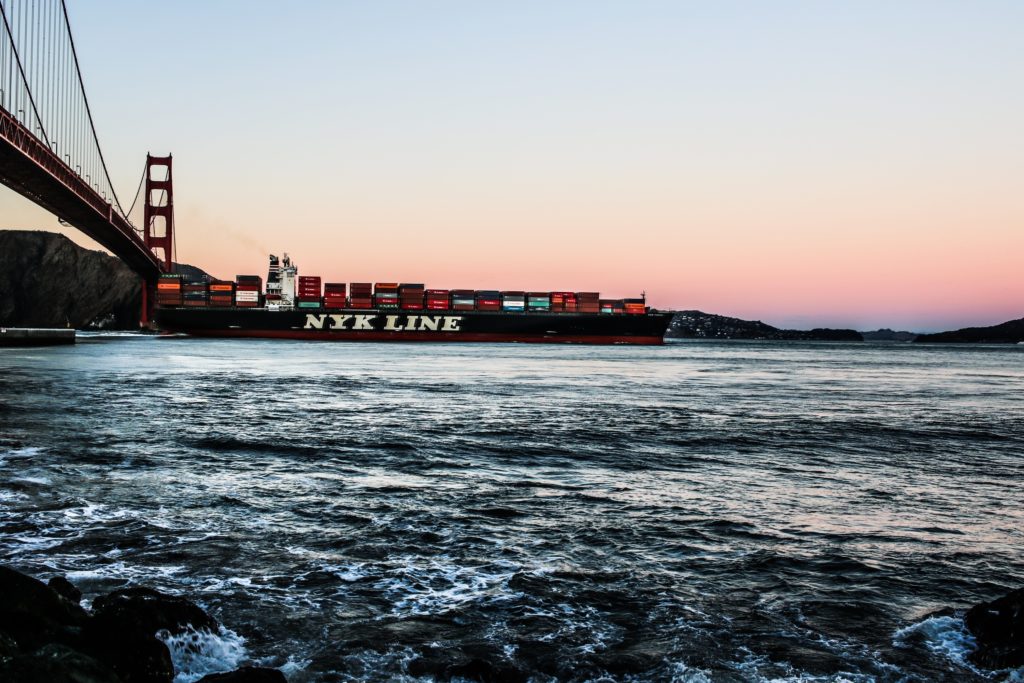MIL-STD-129R: What You Need to Know

MIL-STD-129 is a labeling standard approved by the US Department of Defense and other agencies to track the shipping of requisitioned supplies and equipment. All US government suppliers must ensure compliance with MIL-STD-129 when shipping products.
Having a consistent labeling standard allows government personnel to easily track shipments, monitor supply levels, and reorder when necessary.
What is MIL-STD-129R?
MIL-STD-129R, or Revision R, is an update to MIL-STD-129 that replaces linear barcodes on identification labels with machine-readable PDF417 barcode symbols. The change was made in 2014 to allow for the use of UID labeling, which can up to 50 characters long – too long to fit on a traditional, linear barcode.
The use of PDF417 symbols not only allow large amounts of data to be securely stored on a 2D shipping label, it also allows both the DoD and defense contractors to scan barcodes automatically without the need for human eyes, drastically simplifying asset management and tracking.
What information needs to be included on MIL-STD-129 labels?
The Defense Logistics Agency (DLA) checklist for MIL-STD-129 labeling identifies 10 key components that must be present, in order, on the shipping container:
- NSN/NATO stock number
- CAGE code
- Part Number (identified as PN or P/N)
- Item description and nomenclature, exactly as it appears on the contract, purchase order, or requisition
- Quantity and UI
- Contract number or purchase order number
- Military preservation method and date of unit preservation, if applicable
- Shelf-life markings, if applicable
- Serial number(s), preceded by the abbreviation SER NO
- Barcode markings, including NSN and CAGE, if required 2D (PDF417), and serial number
With so many inputs needed, the process of creating MIL-STD-129 labels has many opportunities to go wrong. Failing to comply with DoD labeling standards can result in shipping mix-ups, delayed payments, possible non-compliance penalties, and damage to your relationship as a vendor.
What’s the best way for DoD suppliers to manage MIL-STD-129 labeling?
Just as the assembly line changed the game for manufacturing, so too can technology bring much-needed automation to the military shipping label process.
Odyssey’s NSN Label Manager streamlines and automates the creation of MIL-STD-129R compliant labels. The system lets users simply choose an NSN, then uses that data to automatically populate all the additional information needed to print a compliant MIL-STD-129R label. If shelf-life markings are required, the system allows you to easily input that information.
Having the right software transforms a confusing, lengthy, and error-prone process into a few simple keystrokes. By ensuring you’re creating correct MIL-STD-129R labels, you are…
- Increasing your chances of being paid on time for your products
- Making it easier for government agencies to reorder from you
- Saving yourself time and hassle
Watch this one-minute video to see how Odyssey’s NSN Label Manager works:
Interested in learning more about how Odyssey can streamline the process of doing business with government? Talk to one of our experts today.
